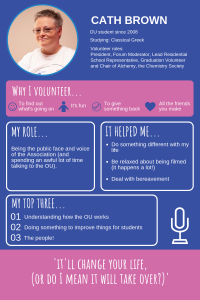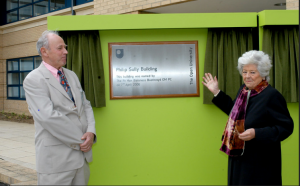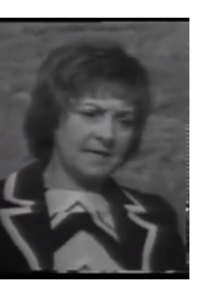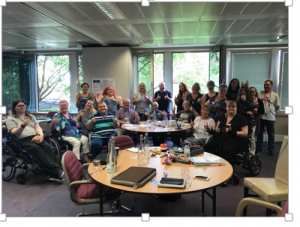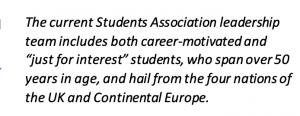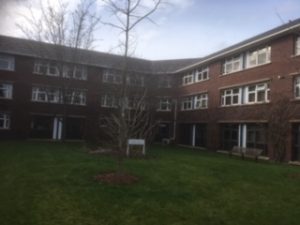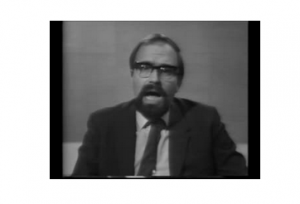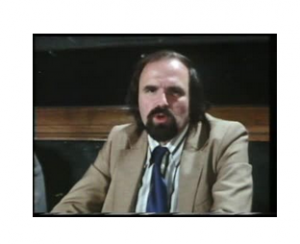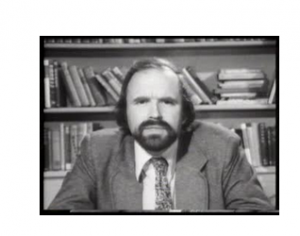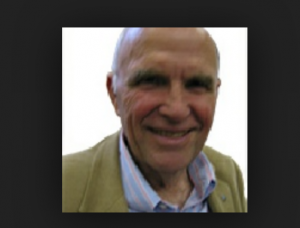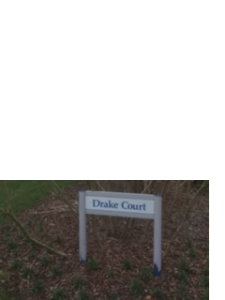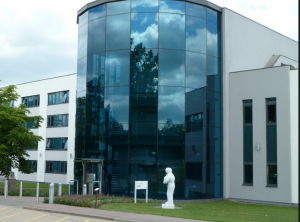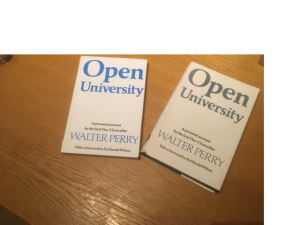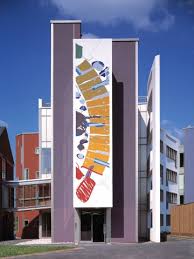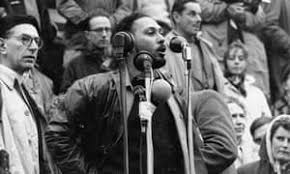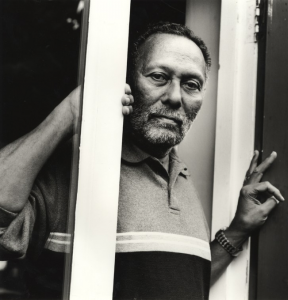Death of OU Professor Steven Rose
Friday, July 18th, 2025https://www.theguardian.com/science/2025/jul/10/steven-rose-obituary
Steven Rose obituary
Neuroscientist, author, political activist and advocate for social responsibility in science
Science and politics can make awkward bedfellows, with the very question of whether it is possible to make purely objective observations about the world drawing forth highly politicised positions. The neurobiologist Steven Rose, who has died aged 87, took a broadly reductionist approach to his research into biochemical mechanisms of memory, while at the same time adopting a high-profile political stance against the idea that human behaviour is determined by our genes.
Less publicly but equally influentially, as the first biology professor to be appointed at the Open University – the distance-learning institution founded through a Labour government initiative in 1969 – Rose helped to pioneer a democratic and distributed approach to teaching practical science. He developed experiments that students could complete at home, pooling their results and prefiguring many of the “citizen science” projects that have become popular in recent years.
Impassioned, combative and articulate, Rose gave no quarter in his debates with fellow scientists. In the 1970s he challenged the idea that IQ tests – then being widely adopted in education and employment – measured some genetically determined “general intelligence”. This and subsequent debates played out in a wider cultural arena than is typical of most scientific debates, fuelled by a series of popular books.
His principal targets were the entomologist Edward O Wilson, author of Sociobiology, and the evolutionary theorist Richard Dawkins, author of The Selfish Gene, later joined by the cognitive neuroscientist Steven Pinker.
To Rose, the idea that the roots of human social behaviour had been planted through the process of natural selection in the service of perpetuating our genes was anathema. While he did not question Darwinian evolution as a driving force in biology, he argued from a Marxist perspective that history and society were at least as important as determinants of human actions.
In 1984 Rose co-authored Not in Our Genes: Biology, Ideology and Human Nature, together with the American geneticist Richard Lewontin and psychologist Leon Kamin. The book was a trenchant critique of sociobiology and genetic determinism, and went further in blaming such views for the failure to create a fairer society based on socialist principles. It met with mixed reviews, including the suggestion that he and his co-authors had misrepresented the views of their opponents, but Rose never retreated from his position.
More than a decade later, in Lifelines (1997), he restated his arguments, highlighting the developmental and environmental events that take place across a lifetime that are not predetermined but through which an organism “self-organises” to become a unique individual. He wrote: “It is in the nature of living systems to be radically indeterminate, to continually construct their – our – own futures, albeit in circumstances not of our own choosing.”
On first becoming a neurobiologist, Rose consciously chose an important problem to investigate. What is it that changes, biologically, when we learn? Trained as a biochemist, he pursued the hypothesis that some change in the biochemistry of individual brain cells must underlie the enduring traces of memory. He devoted his research career to looking for those traces, in the form of new protein molecules, in the brains of newly hatched chicks.
While he acknowledged that human memory raises far larger questions, he and his colleagues worked on this problem because it was “what we know how to study”. By the time of his retirement he and Radmila Mileusnic had identified protein molecules that could counteract the amnesic effects of antibiotics on learning in chicks, and were hoping to develop them as treatments for Alzheimer’s disease. Like others, however, they ran up against the problem that the brain puts up barriers to such large molecules, so that they cannot be given as pills or injections.
Rose was a compulsive writer, words flowing as easily in print as they did in person, weaving science, society and politics into a single whole. While still in his 20s he published The Chemistry of Life (1966), a hugely successful Penguin paperback explaining the basics of biochemistry to the general reader. His book The Making of Memory: From Molecules to Mind (1992) received the Royal Society science book prize.
One of his later works, The 21st Century Brain, succinctly summarised the achievements of neuroscientists in recent decades, but also warned that science could not always provide the best answers to questions about the mind, consciousness and mental illness. While Rose championed science as an approach to understanding the natural world, he devoted at least as much of his considerable energy to critiques of the relationship between science and the state.
Steven was born into an Orthodox Jewish community in north London, the elder son of Lionel Rose (formerly Rosenberg), a chemistry teacher who became an intelligence officer during the second world war. Lionel subsequently worked full-time as an organiser for the Association of Jewish Ex-Servicemen and Women before founding an advertising agency. Steven’s mother, Ruth (nee Waxman), gave up her own career aspirations to care for her home and family, but later became co-director of her husband’s agency and ran it single-handed after he died in 1959.
Steven won a scholarship to Haberdashers’ Aske’s boys’ school, then in Cricklewood, north London. Another scholarship took him to study natural sciences at King’s College, Cambridge, where he initially intended to specialise in chemistry. But he found himself in an environment buzzing with new discoveries in biochemistry, including the DNA double helix proposed by James Watson and Francis Crick at the Medical Research Council Unit for Molecular Biology.
With a double first in biochemistry, Rose decided to use his new tools to tackle one of the hardest problems in biology – how the brain works. Cambridge “exiled” him to the Institute of Psychiatry in London to study the biochemistry of slices of cow brain for his PhD. Rose spoke of his frustration at this, saying: “We might as well have been studying big toes or livers or kidneys for all it told me about function.”
He met Hilary Chantler (nee Channell), a recently widowed mature student reading sociology at London School of Economics, at a New Left Review meeting in 1960, and they married the following year.
Political action and protest had been part of his life since childhood – his community came under attack from fascist stone-throwers in the late 40s, and as an undergraduate he had joined in running battles with the police while demonstrating against the invasion of Suez. Steven and Hilary formed a close partnership, both personal and professional: Hilary co-authored several of his books, they were founder members of the British Society for Social Responsibility in Science, and they jointly held the honorary lectureship post of Gresham professor of physic from 1999 until 2002.
Hilary became professor of social policy at the University of Bradford, with a particular interest in the sociology of science, and they were united in their (broadly Marxist, but not pro-Soviet) political activism on issues such as the Vietnam war, the control of chemical and biological weapons and a boycott of Israeli academic institutions.
After a false start as a postdoctoral researcher at Oxford University, which he found stiflingly reactionary, Rose spent five years (1964-69) at Imperial College London. There he developed the technique of looking for biochemical changes in single neurons in the brains of chicks after they learned a new behaviour, the basis of his subsequent research work. In 1969 he joined the Open University, building the department of life sciences from scratch, and working out from first principles how one might teach science through a combination of home study and experiment, television programmes and summer schools.
He retired in 1999, but retained his laboratory and continued to conduct research for more than a decade. Reflecting on the values that underpinned his work for the OU, he told an oral history interviewer: “In a democratic society if you want to share power, you have to share knowledge and you have to share the knowledge of science.”
He is survived by Hilary, their two sons, Simon (from Hilary’s first marriage) and Ben, and six grandchildren, Sara, Chloe, Woody, Cosmo, Saul and Mali, and by his brother, Nikolas.
